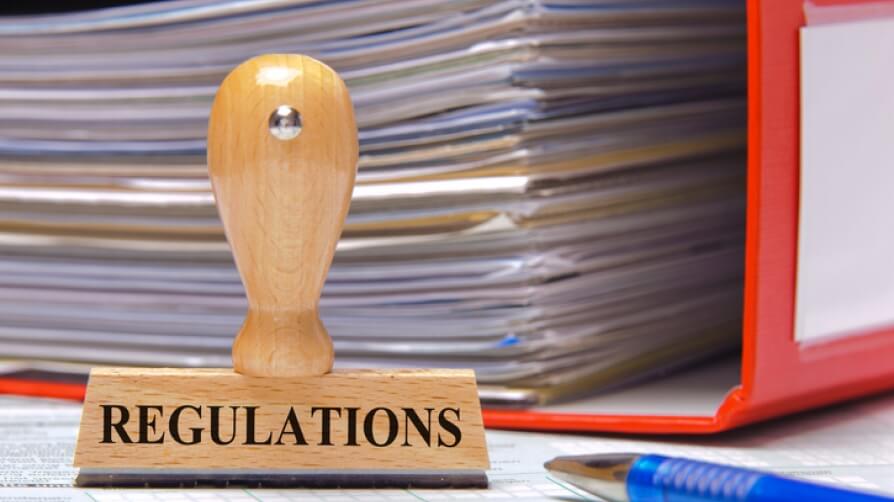Regulations, Rules and Standards

Personal protective equipment (PPE) is essential for protecting workers from hazards that can cause injuries or illnesses. By providing a physical barrier between workers and potential hazards, PPE can significantly reduce the risk of accidents and occupational diseases.
The Occupational Safety and Health Administration (OSHA) has established regulations governing the use of PPE in the workplace. These regulations outline the requirements for the selection, use, and maintenance of PPE, ensuring that workers are adequately protected from various hazards.
Key Regulations and Standards:
- 29 CFR 1910.132: This OSHA standard provides general requirements for the use of PPE. It outlines the criteria for selecting appropriate PPE, ensuring that it is safe, comfortable, and effective in protecting workers from specific hazards.
- 29 CFR 1910.133: This standard provides specific requirements for eye and face protection. It covers topics such as the selection of appropriate eye and face protection, the proper use of safety glasses and goggles, and the maintenance of PPE.
- 29 CFR 1910.134: This standard provides specific requirements for respiratory protection. It covers topics such as the selection of appropriate respirators, the proper use of respirators, and the maintenance of respiratory equipment.
- 29 CFR 1910.135: This standard provides specific requirements for hearing protection. It covers topics such as the selection of appropriate hearing protection, the proper use of earplugs and earmuffs, and the maintenance of hearing protection equipment.
- 29 CFR 1910.136: This standard provides specific requirements for foot protection. It covers topics such as the selection of appropriate safety footwear, the proper use of safety shoes, and the maintenance of safety footwear.
- 29 CFR 1910.137: This standard provides specific requirements for head protection. It covers topics such as the selection of appropriate helmets, the proper use of helmets, and the maintenance of helmets.
By understanding and implementing these regulations, employers can ensure that their employees are adequately protected from workplace hazards. PPE is a critical tool for preventing injuries and illnesses, and it is essential for maintaining a safe and healthy work environment.
